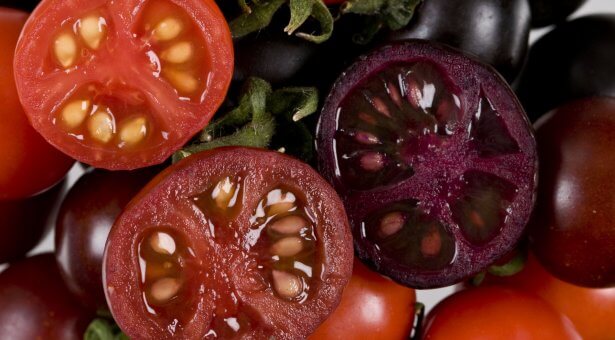Our October meeting had a bumper attendance of nearly 70 members who had come to listen to Dr Anne Edwards of the John Innes Centre. Anne presented a fascinating talk on the work and history of the Norwich based John Inness Centre. While the John Inness centre has been based on the outskirts of Norwich since 1967, it was actually established in 1910 as the John Innes Horticultural Institution at Merton in South London. John Inness was not a scientist but a London property developer and philanthropist, who changed his will the week before he died in 1904, leaving the bulk of his wealth to establish a school for horticulture. From its inception the John Innes Centre has been an internationally leading scientific institute in the area of plant science and genetics, with its first director Professor William Bateson known as the father of plant genetics.

For most of the public they know the name John Inness because of its compost recipes which are in most bags of compost gardeners use. Interestingly, Anne Edwards informed attendees that the John Inness centre has never manufactured, supplied or sold compost for commercial use and consequently have never benefited financially from the production of John Innes compost. The recipes were developed in the late 1930’s by two researchers at the John Inness Horticultural Institute to overcome problems associated with traditional composts in order to get more consistent and reliable results. The methods required to make the compost were published in 1939 and released free to the public as part of the “Dig for Victory” campaign to aid feeding the population during World War II.

While their compost research made John Innes a household name to the British gardener, there have been numerous major scientific successes made by John Innes scientists. Dr Edwards highlighted that the traditional pub lunch would not be the same without Maris Piper potatoes (Chips) or Maris Otter barley (for beer), both of which were developed by John Inness researchers. More recently John Innes scientists discovered the wheat dwarfing gene which sits behind the ‘green revolution’ and provided the underpinning science for the production of many modern antibiotics. They have more recently developed a tomato enriched with the Parkinson’s disease drug L-DOPA which could become a new affordable source of this essential medicine. Anne Edwards, who was the first person to identify Ash dieback in the UK in 2012, fielded some excellent questions from members to end a very enjoyable afternoon.
Upcoming Meetings
Our November meeting (November 24th) will have Richard Clark of Panache Plants talking about Carnivorous plants and South African bulbs. This will be followed by our Xmas party on Thursday December 8th.
All meetings are held on the 4th Thursday of the month at Holme Hale Pavilion and start at 2.30pm. New members from anywhere in the district are always welcome, so come along and join us at one of our monthly meetings.
Website: ashillgardeningclub.wordpress.com/
Email: ashillholmehalegardenclub@gmail.com

